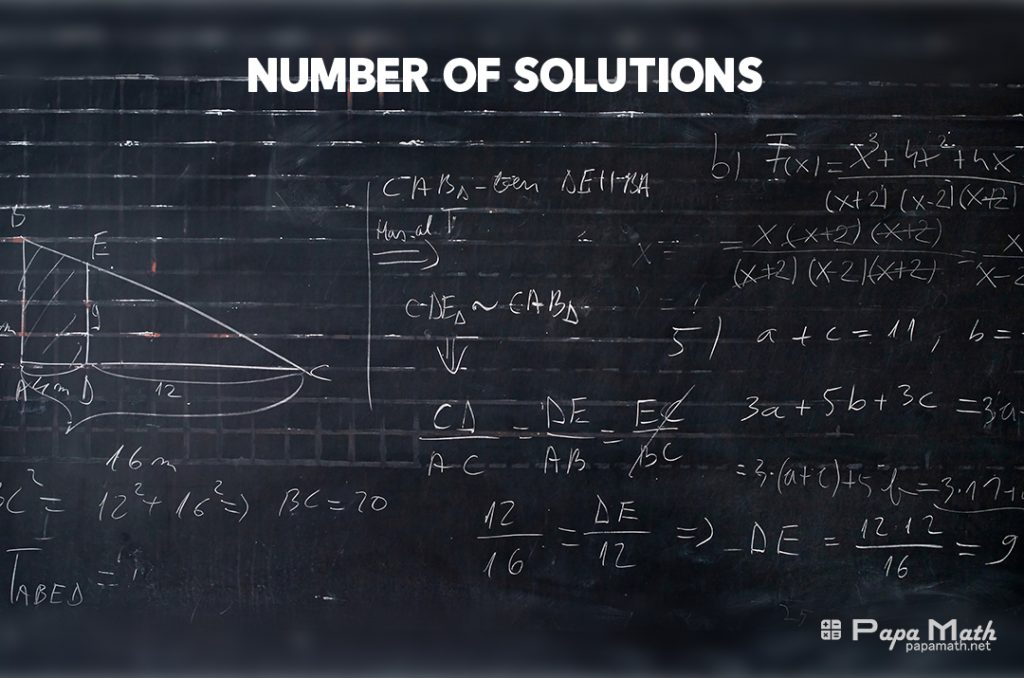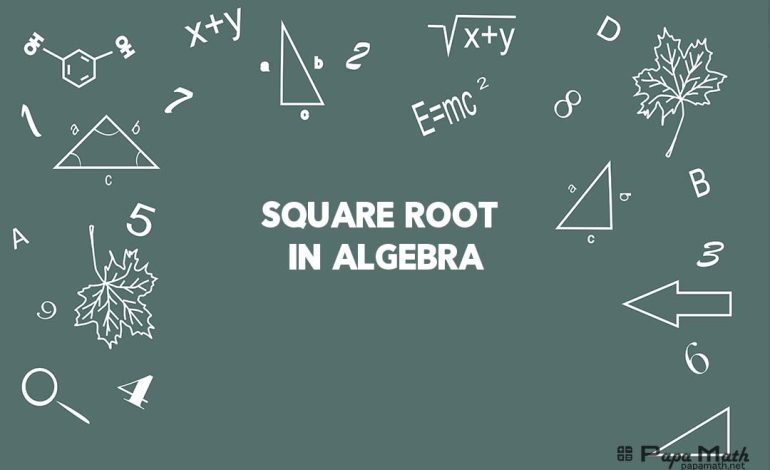
It tells us that an equation has how many solutions? It is very important to know about the number of solutions that an equation has—one, two, or more.
It depends on the nature of the system of equations, whether the equations are linear, quadratic, or other, so an equation tells the number of solutions based on its nature.
Number of Solutions for a Linear Equation
Linear equations have only one power on a variable, so they are very easy to solve. The number of solutions for linear equations is 1 or 0.
Number of Solutions for the System of Equations
For linear equations, the system of equations has one unique solution or not any solution. It depends on a dependent or independent system.
Number of Solutions to Independent Equations
Recall the concept of an independent system of equations. An equation that has only one solution is called an independent equation.
Such equations have only one solution.
The graph is a straight line for such equations.
Number of Solutions to Dependent Equations
Recall the concept of a dependent system of equations, which is an equation that has infinitely many solutions. This is called a dependent equation.
Such equations have only infinite solutions. The graph is not a straight line for such equations.
Number of Solutions Calculator
This is a calculator that solves the system of equations using the linear quadratic matrix method, etc. Free calculator.
Methods to Find the Number of Solutions
To find the number of solutions, we use the formula of discriminate, which is $$b^{2}-4ac$$ For a quadratic equation, $$ax^{2}+bx+c=0$$.
This is the value that determines the number of solutions for a quadratic equation, so it is our new best friend.
“Unlock the mysteries of algebraic equations with our comprehensive guide to understanding the number of solutions in algebra.”
Number of Real Solutions to a Quadratic Equation
Quadratic equations have 0, 1, or 2 solutions, as solutions depend on these properties.
$$b^{2}-4ac\gt 0$$ Two real solutions.
$$b^{2}-4ac \lt 0$$ No real solutions.
$$b^{2}-4ac= 0$$ One real solution.
Find the Number of Solutions with an Example.
$$(x-1)(x+1)=x+1$$
$$x^{2}-1=x+1$$
$$x^{2}-1-x-1=0$$
$$x^{2}-x-2=0$$
$$x^{2}+x-2x-2=0$$
$$x(x+1)-2(x+1)=0$$
$$(x-2)(x+1)=0$$
$$x=2~~,x=-1$$
So the equation \((x-1)(x+1)=x+1\) has two real solutions.
“If you’re curious about what algebra is and its various branches, check out our article on ‘Define Algebra and Branches of Algebra‘ for a comprehensive explanation.”
Conclusion
In algebra, the determination of the number of solutions in an equation or system is crucial for understanding the mathematical relationships involved. Linear equations typically exhibit one solution, while quadratic equations may yield two real solutions, one real solution, or two complex solutions.
Systems of equations can have unique solutions, no solutions, or infinitely many solutions, depending on the relationships between the equations. The nature of the mathematical expression, be it polynomial, trigonometric, or exponential, influences the possible number of solutions, with certain equations exhibiting periodicity or constraints.
In conclusion, a thorough analysis of the equation’s characteristics and properties is essential to ascertaining the precise number and nature of solutions in algebraic problems.
“Please feel free to ask your query, and I’ll be happy to answer your query.“


